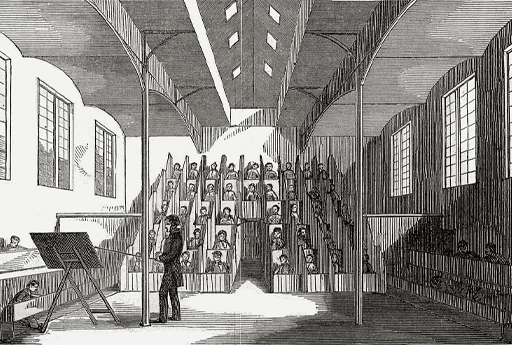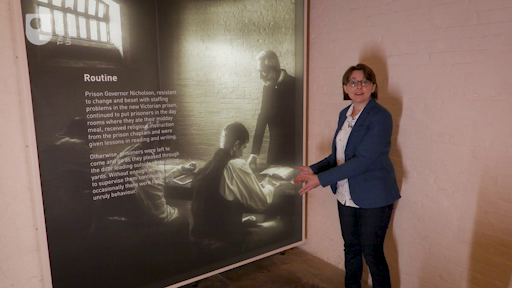Session 3: Inside the prison school
Introduction
In this third session, you will now go inside the prison school to discover what was taught and how it was taught in the years between 1823 and 1855. Superficially at least, both curriculum and pedagogy (teaching methods) mirrored those in elementary schools outside the prison. However, the penal environment, and especially evolving views about the causes of crime, led to some divergence.
You will also look at what some prisoners said about their learning. The modern prison was designed to suppress the agency of the prisoner (that is, his or her capacity to act independently). However, the voices of prisoners can still be found scattered throughout the sources. In this session, you will listen to them, discuss their authenticity, and begin to consider the meaning of education to the individual.
By the end of this session, you should be able to:
- understand the ways in which prisoners’ experiences of education can be recovered and the challenges of interpreting what they mean
- understand what was taught in the prison school, how it was taught, and why it was taught
- understand the intentions of educators and how the methods they used to instruct prisoners affected the usefulness and value of the education received by individuals.

What follows is, at times, a complicated story, which might well challenge some of your preconceptions about education and schools. Our case study, Lincoln Castle Gaol, should help to bring some of the threads together. Watch the next video now, in which Rosalind Crone charts the evolution of the school for prisoners at Lincoln. What were prisoners taught at Lincoln and how did they respond to efforts to teach them? Write down some brief notes on the ideas presented in the video.

Transcript
[GENTLE MUSIC]
